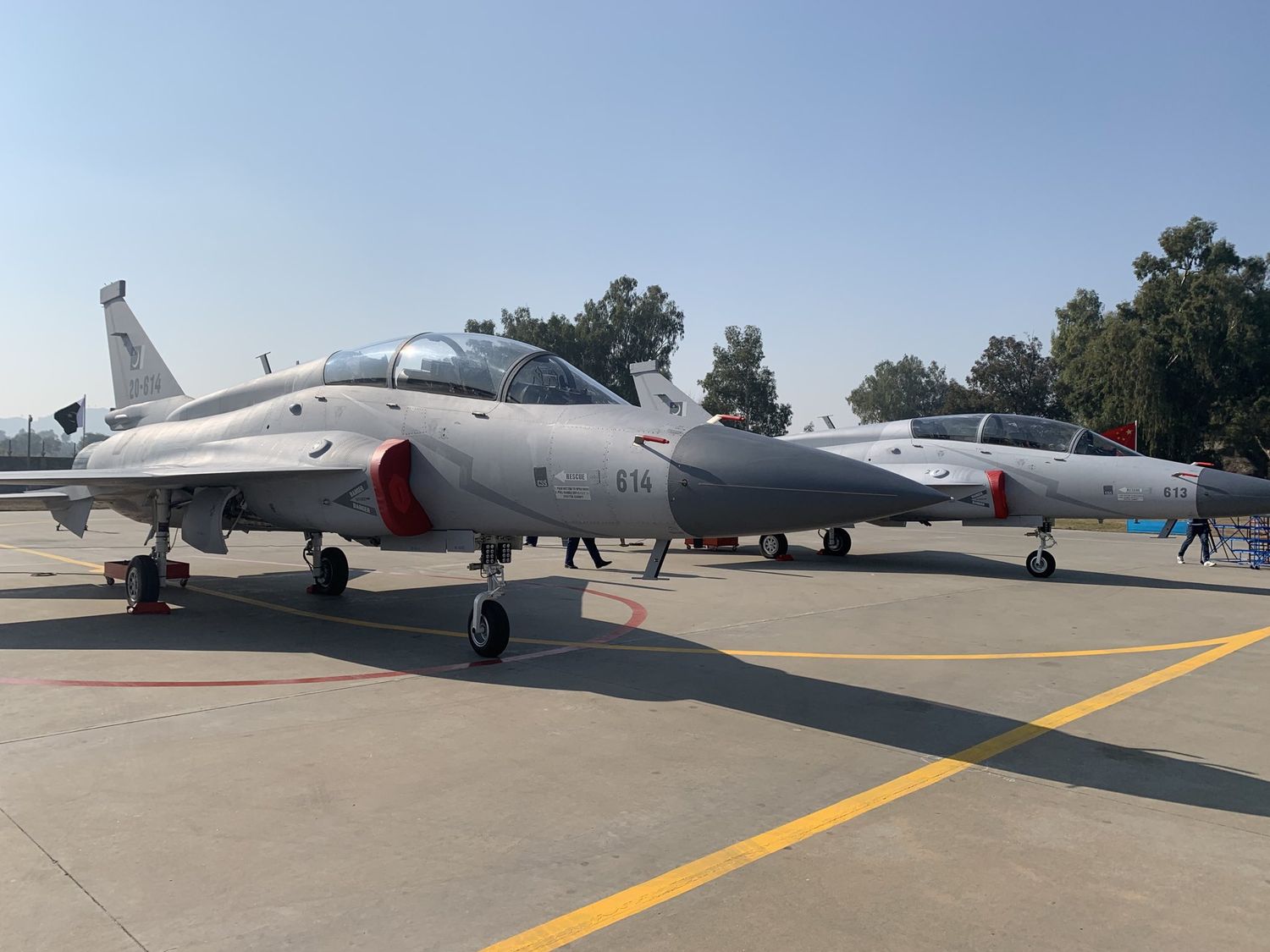According to Indian media, Argentina pressured China to lower the price of the JF-17, or it will buy the HAL Tejas
In the opinion of many, the most likely candidate to become the next multirole supersonic fighter for the Argentine Air Force is the Chinese JF-17 Block III. However, still far from the signing of a contract, the negotiations continue and it seems that Argentina is asking for the price to be lowered or will seek a “Made in India” solution.
At least, that’s what the Indian site Defenseview claims. According to the site, the predilection for the Chinese weapons system was big and the contract was about to be signed, but at the last minute, the Argentine authorities changed their mind.
Citing recent news published in various Chinese outlets, the Indian site claims that during the negotiations, Argentina suddenly expressed that the JF-17 is too expensive and pressured China to reduce the price, otherwise the South American country is likely to end up acquiring the LCA Tejas fighter jets from India.
In response, China said: the performance of the JF-17 fighter is absolutely worthy of its 50 million dollar price tag.

According to Chinese media, compared to the two previous batches, the third batch of Xiaolong fighters (Chinese name of the JF-17 Thunder) is the most advanced.
It has not only an AESA radar installed that greatly improves its detection capabilities over previous generation radars, but it could even detect certain stealth targets.
The propulsion system also changes, incorporating the RD93MA engine from Russia. As thrust is increased, fuel efficiency is improved and flight hour cost is reduced.
Also, the entire avionics system and structural components were improved to increase their combat effectiveness. They can even mount PL-10 short-range missiles, the same ones used by the J-20 stealth fighter.
Although the Xiaolong offered to Argentina may not be equipped with the PL-10s, it could carry a wide range of advanced missiles, such as those used by the J-10C, so while $ 50 million is relatively more expensive, it is definitely worth it. Worth the price according to publications in China.
In contrast, India would be interested in offering its Tejas Mk1A, which its mass production just began for the Indian Air Force.
The Tejas is a lightweight, multi-role fighter in the same category as the JF-17 Thunder. In its most current variant, the Mk1A, is a 4.5 Gen weapon system, equivalent to the Thunder Block III.
 However, and as is to be expected, the Indian site states that the Tejas is a superior aircraft to its Sino-Pakistani counterpart, both in its performance and in its avionics.
However, and as is to be expected, the Indian site states that the Tejas is a superior aircraft to its Sino-Pakistani counterpart, both in its performance and in its avionics.
In fact, they rate the Tejas as one of the best light fighters in the world today. It has a probe for refueling in flight, a light and resistant structure and a low radar signature.
Its systems are very modern, of Indian or Israeli origin. In fact, it carries the powerful AESA radar from Elta, capable of following up to 64 targets and superior to the NRIET KLJ-7A that will equip the JF-17 Block III.
Another important advantage of the Indian model is that it was designed with an open software architecture, which allows the installation of weapons and pods of Israeli, Russian, European, or Indian origin.
To all this, we would have to add a very competitive price of 42 million dollars per unit for the Tejas Mk1A.
To take with a grain of salt
The article from the Indian site goes this far, and since their sources are not published, we should be careful with this information and not automatically take it as true. But it is not advisable to rule it out outright either.
Argentina is in full negotiation with China, Russia, and soon perhaps with the US as well, starting with its pre-offer for the F / A-18 Hornet, so why couldn’t India join in? At least on paper, its Tejas Mk1A meets the requirements of the Argentine Air Force.
Thunder Block III and Tejas Mk1A seem to be very similar, offering more or less the same.
The Tejas would have the advantage of better radar, access to weapons of diverse origin, and a lower price.
However, it has some components of English origin, such as the in-flight refueling probe or the ejector seat. Nothing that can’t be replaced, but the impact on the price should be seen sooner or later.
Negotiation strategies
On the other hand, it is perfectly possible that Argentina asked China to lower the price and mentioned Tejas as part of its negotiation strategy.
It is fair and appropriate for the Argentine government to firmly negotiate with all those who are willing to sell it, to protect and get the best return on their investment, especially when money is tight.
It must be understood that the choice of a weapons system such as a combat aircraft, so primary for the defensive structure of a country, necessarily implies a technical / industrial / military relationship between buyer and seller, which will last decades.
So it is common, and even expected, that the negotiations are to be long, difficult, and to have impasses, twists and turns. It is much more than money that is at stake.
A Russian response to the request for a quote for the MiG-35 is still expected to come to light and there could be news from the US, the Hornets, or another system.
Meanwhile Argentina could send a delegation to India to thoroughly evaluate Tejas and compare its offer with the others, all together on the table.
The situation is yet to be defined. In fact, the «serious» negotiations may only now be starting.





Comentarios
Para comentar, debés estar registrado
Por favor, iniciá sesión